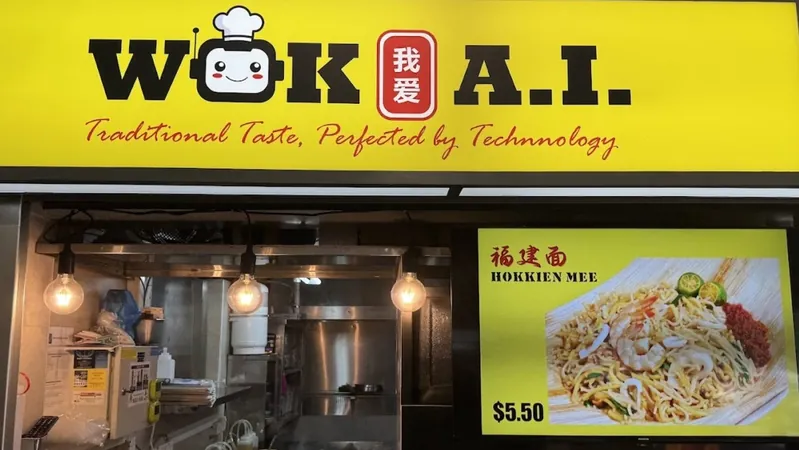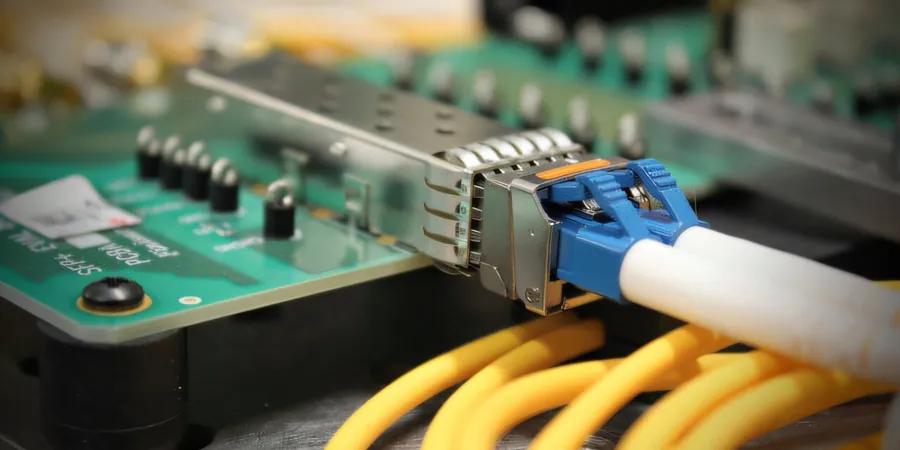
Is the Future of Hokkien Mee in the Hands of a $14,000 Robot Chef?
2025-01-09
Author: Li
SINGAPORE: Curious food enthusiasts now have the unique opportunity to savor Hokkien mee cooked by an impressive $14,000 robot known as the “wok master.” But the question lurking in the minds of many is whether this cutting-edge technology could one day overshadow the skilled hawkers—often referred to as "uncles" and "aunties"—who have dedicated their lives to mastering this traditional dish.
The innovative cooking method was recently showcased in a captivating video by Singapore Foodie, amassing nearly 600,000 views. The proprietor of Wok A.I., situated in the Margaret Drive Hawker Centre, proudly confirmed that the stall offers a robotic twist on Hokkien mee, prepared according to a cherished family recipe.
Founded in October by former engineer Ang Chip Hong, Wok A.I. is gaining traction in the culinary community, with numerous media features highlighting its novel approach. A meal at the stall can be yours for just $5.50 for a regular serving, while a large portion is available for $7.
While the robotic chef can effectively stir the noodles and mix in the broth—elements crucial to the dish's signature flavor—it still requires human assistance for tasks such as measuring out the noodles and adding fresh ingredients like taugey, garlic, eggs, and prawns. The machine boasts the ability to whip up four portions of Hokkien mee simultaneously, a feat that could streamline service during busy periods.
In a candid moment captured in the video, Ang admitted his own cooking skills are somewhat lacking, yet he expressed confidence in the robot's ability to produce a delectable Hokkien mee. Significantly, he noted that the rich, flavorful broth—cooked overnight, presumably by human hands—is a cornerstone of what makes this dish a true delight.
Feedback from taste testers has been overwhelmingly positive, with Singapore Foodie declaring the Hokkien mee "really good." Social media users have chimed in, with many eager to taste the robot-made dish while others remain loyal to the traditional preparation methods of seasoned hawkers.
Interestingly, one commenter pointed out a potential advantage of the robot technology—its ability to alleviate some of the physical strain on hawkers, who often endure wear and tear on their bodies, especially their wrists, due to the repetitive motions of cooking.
As innovation meets tradition in this culinary experiment, the future of Hokkien mee remains an intriguing narrative, with many wondering: Will robots really take over our favorite hawker dishes, or will the human touch always reign supreme? One thing's for sure: Hokkien mee fans will want to try this latest culinary curiosity for themselves!


 Brasil (PT)
Brasil (PT)
 Canada (EN)
Canada (EN)
 Chile (ES)
Chile (ES)
 Česko (CS)
Česko (CS)
 대한민국 (KO)
대한민국 (KO)
 España (ES)
España (ES)
 France (FR)
France (FR)
 Hong Kong (EN)
Hong Kong (EN)
 Italia (IT)
Italia (IT)
 日本 (JA)
日本 (JA)
 Magyarország (HU)
Magyarország (HU)
 Norge (NO)
Norge (NO)
 Polska (PL)
Polska (PL)
 Schweiz (DE)
Schweiz (DE)
 Singapore (EN)
Singapore (EN)
 Sverige (SV)
Sverige (SV)
 Suomi (FI)
Suomi (FI)
 Türkiye (TR)
Türkiye (TR)
 الإمارات العربية المتحدة (AR)
الإمارات العربية المتحدة (AR)